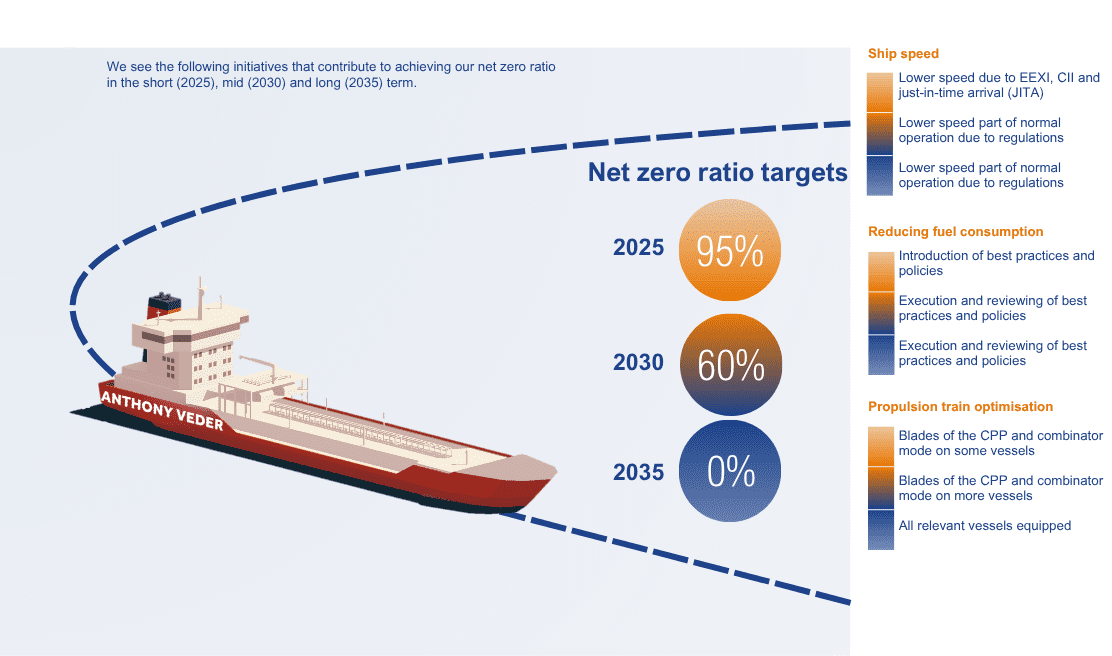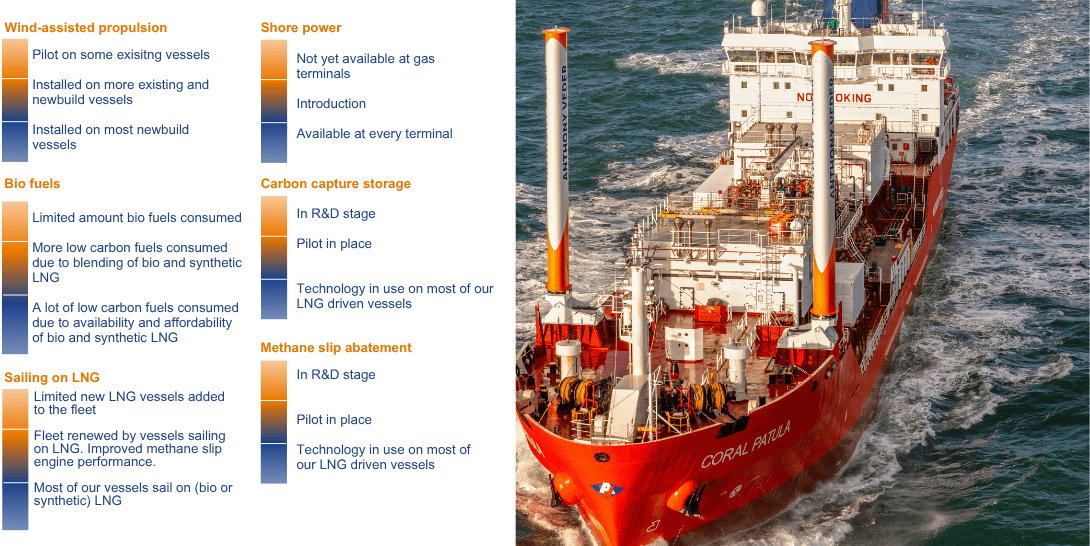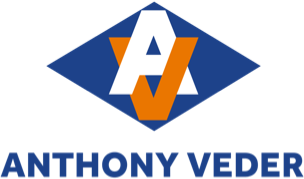
Sustainable growth report 2024
Sustainable growth report 2024
ENVIRONMENT STRATEGY
Anthony Veder remains committed to achieving net-zero greenhouse gas (GHG) emissions by 2035, guided by a strategy built on three key pillars: Energy Savings, Act Now, and Future Ready. As the maritime industry evolves, we continuously refine our approach to align with technological advancements, regulatory shifts, and market dynamics.
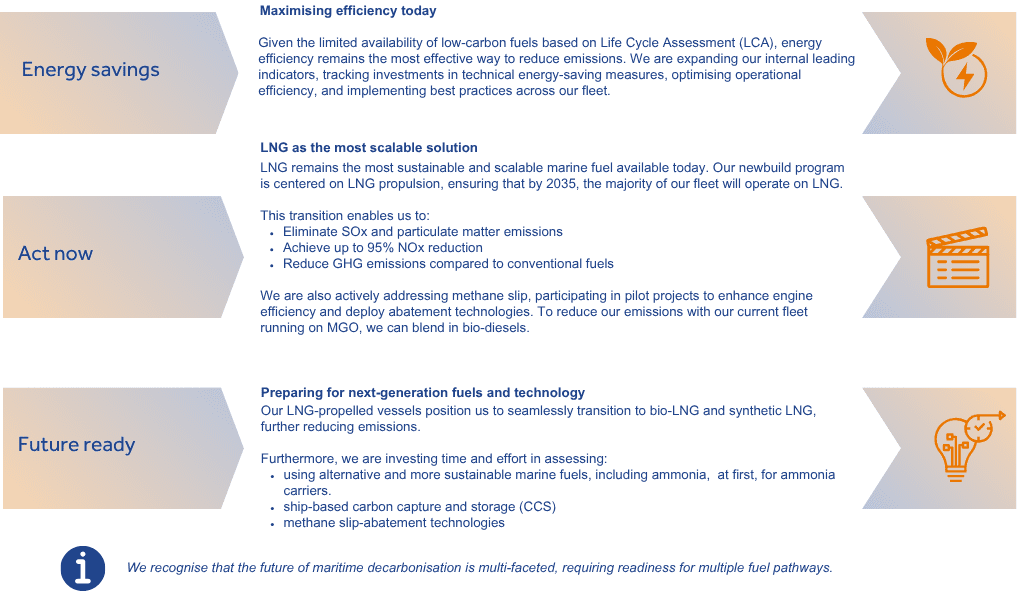
Looking Ahead
To support the execution of our environmental strategy, we have developed a Value Mapping framework, assessing 60 emission reduction measures based on their effectiveness and investment requirements. This approach enables us to prioritise high-impact solutions, such as shore power integration and cargo-saving technologies.
As we move forward, our success depends on collaboration with customers, regulators, and industry stakeholders. By aligning our strategy with IMO and EU regulations, investing in innovative technologies, and maintaining a flexible approach, we are shaping a sustainable future for maritime transport.
Internal leading indicators
To support our efforts we keep track of the following internal indicators:
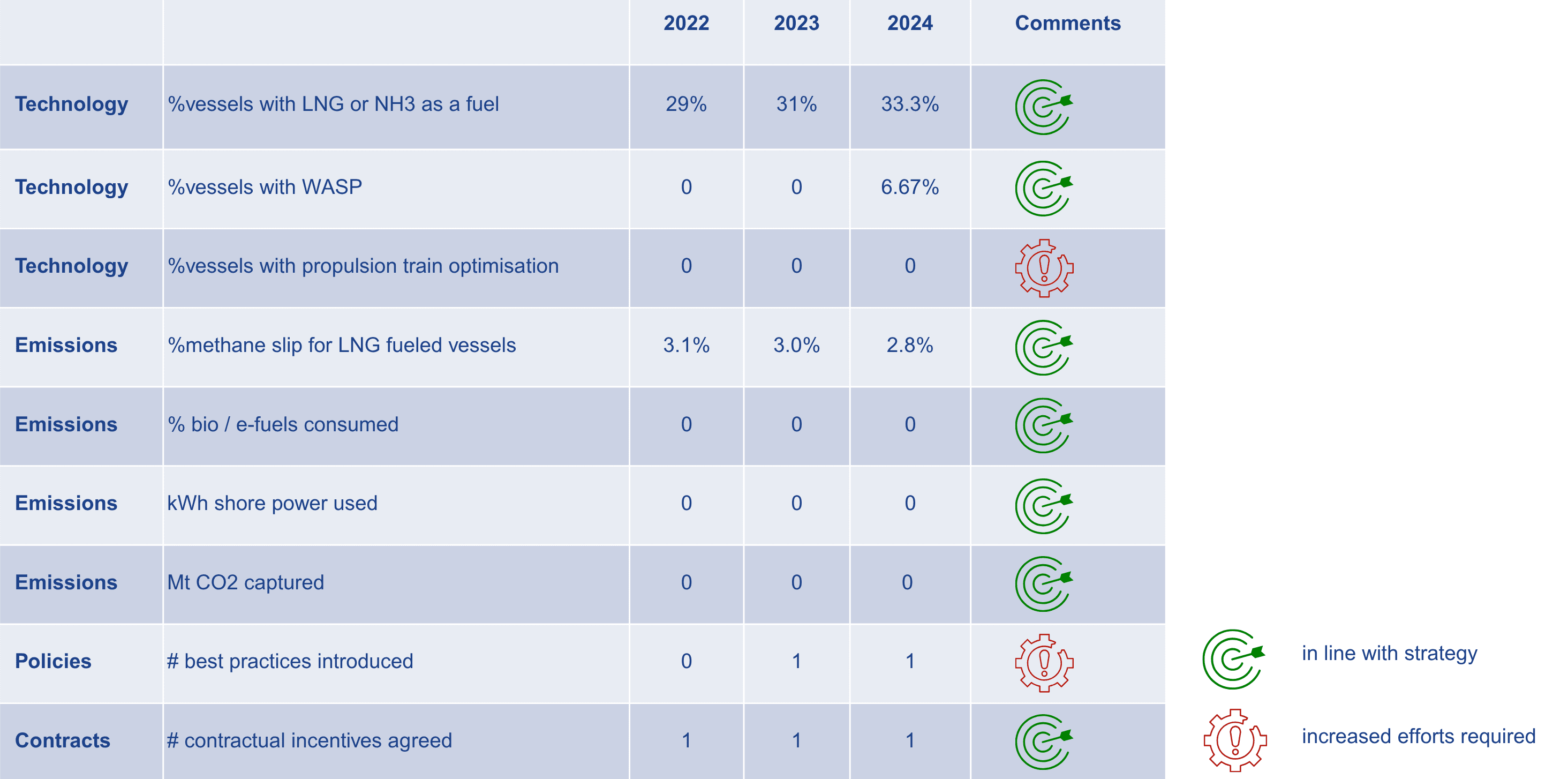
External leading indicators
Our ambition over time becomes more dependent on external stakeholders, such as our customers, governments and other regulatory bodies. It is also influenced by the development and adaptation of regulations related to certain technologies, so we consider the following external indicators:
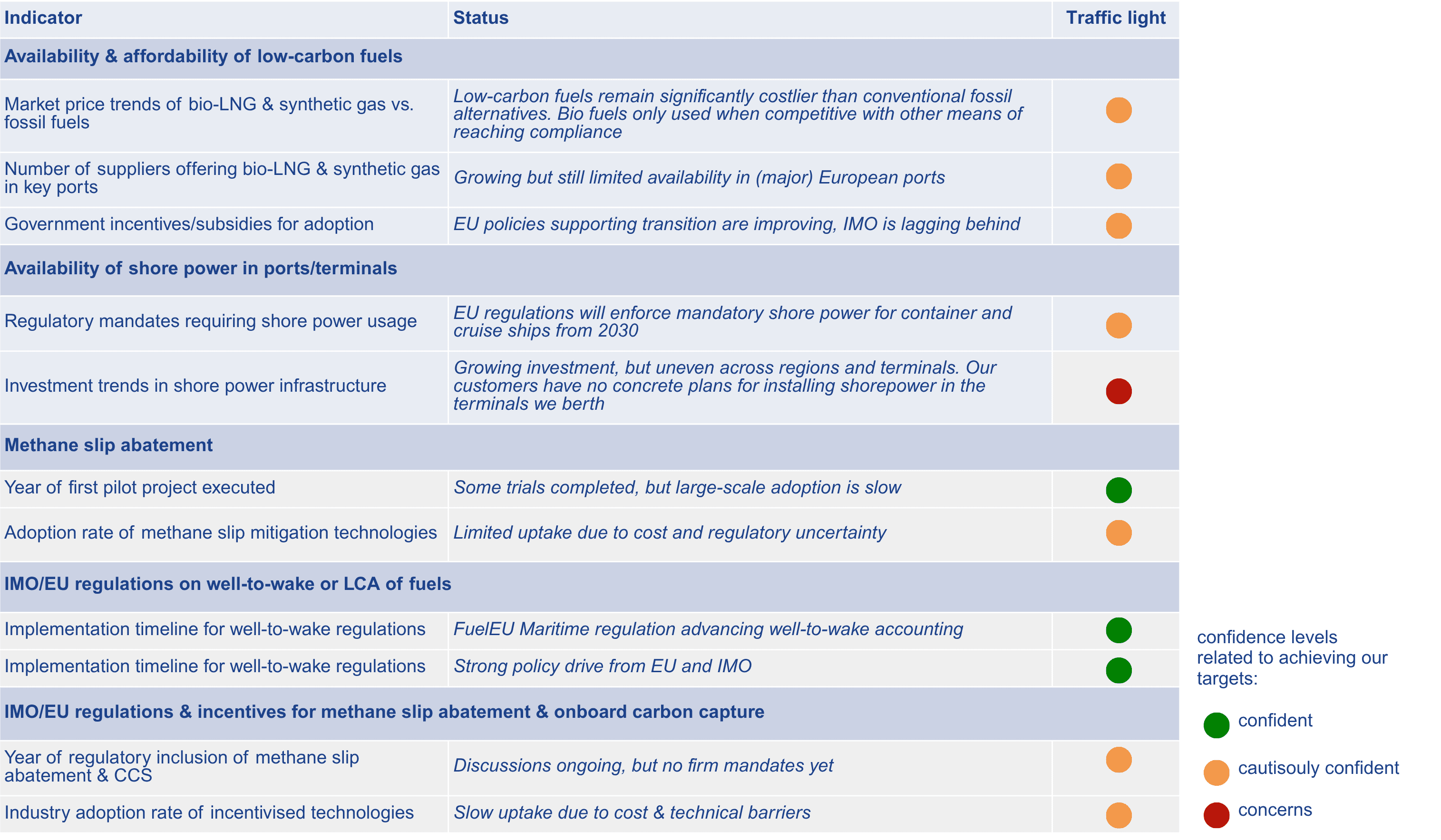
Initiatives to reach net zero ratio
